Scheduled tour dates
-
AvailableSaturdayMay 24, 2025SaturdayMay 31, 2025€1.950,008Available
In December and January, the sun in Estonia is up only for about 7 hours. But in June it almost seems like the day does not want to end. This makes looking for animals somewhat easier, as the timespan when it is really pitch black outside is really short. Even though the weather can be quite warm in June, it is still a great time to look for the elusive Eurasian Lynx. The main reason for it is that in May, lynx have a new litter and the pups from last year have to start living on their own. This means that the inexperienced young felines have to figure out on their own where to hunt and whom to fear, often hunting carelessly on forest roads for birds and rodents. Most of the searching will be done during the evening, night, and/or early morning hours with the help of a thermal binocular.
June is also the best time to get views of our second main target – the Siberian Flying Squirrel. The nocturnal small mammal leaves its nest site after sunset for most of the year, just to go feed on leaves and tree buds. But in June, the daytime is just so long and it doesn’t get dark quickly even after the sun has set, the chances of getting a good quality observation are higher than for most of the year. In addition, as with the lynx, the Siberian Flying Squirrel population is doing better year after year, and during recent years we have had the pleasure of seeing them also during the day.
We will also take time to enjoy the local birdlife, stay overnight in a Brown Bear hide, and of course, blooming orchids as June is the top time to enjoy the colorful meadows and coastal pastures.
Overview
All in all, the main targets of this tour will be the mammals, but it’s also a great time for birding. Young woodpeckers are loudly beginning for food and flying around or still begging for food from the tree cavities. Young owls are also more vocal and explore the area around their birthplace, and interesting night singers, such as the Blyth’s Reed Warbler are singing self-indulgently. We will do most of the bird and mammal watching during the early and late hours of the day. Thus the daytime, which is the calmest time of the day, will be used more for resting. We will also look at blooming orchids and other special plants, as June is the top time to enjoy the colorful meadows and coastal pastures.
What can you see?
- Eurasian Lynx
- Siberian Flying Squirrel
- Elk, Brown Bear, Raccoon Dogs, Beaver
- White-tailed Eagle, Lesser-spotted Eagle
- Common Rosefinch
- Ural and Pygmy Owl
- White-backed, Three-toed, Grey-headed and Black Woodpeckers
- Blyth's Reed Warbler, Corncrake, Nightjar, River Warbler,
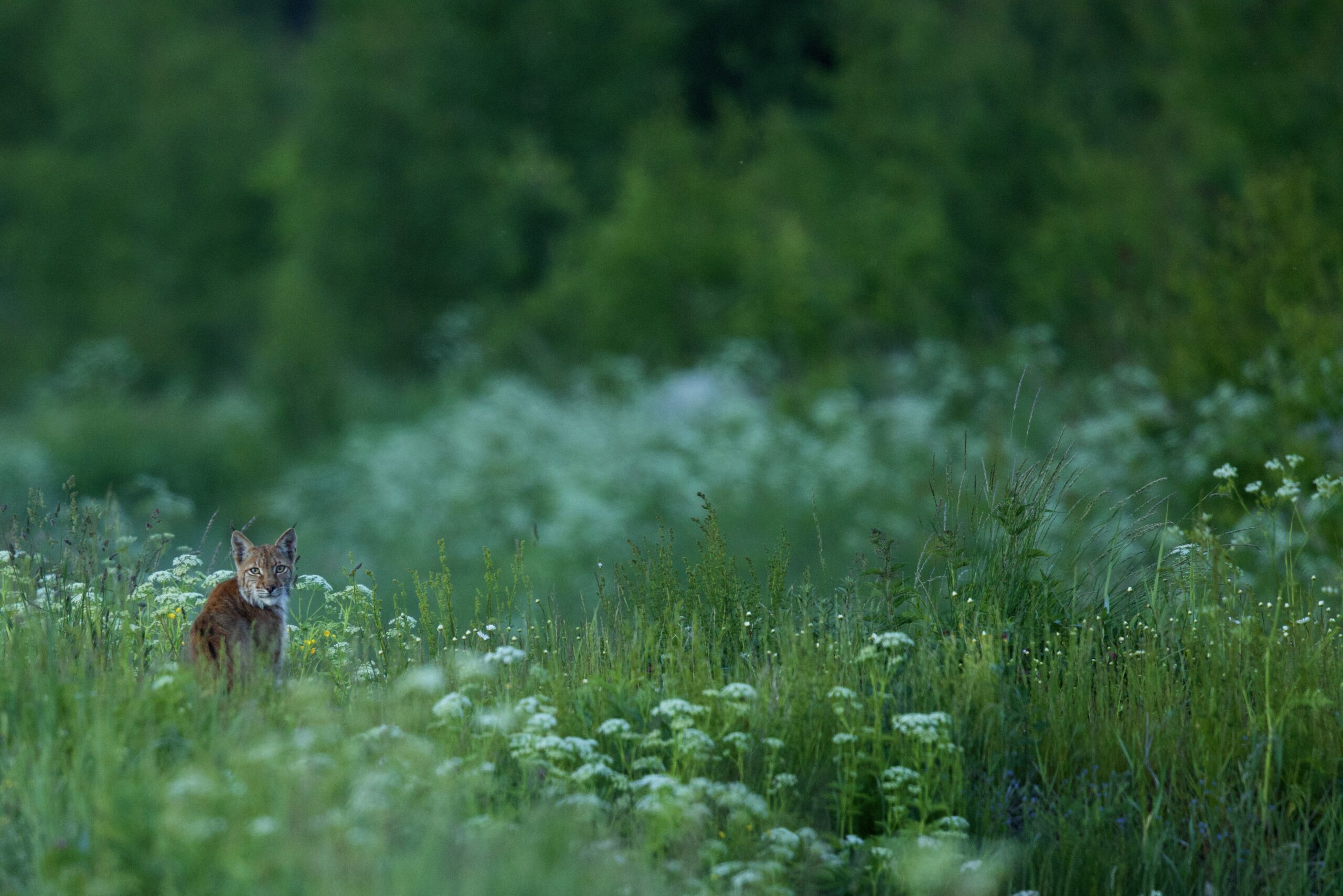
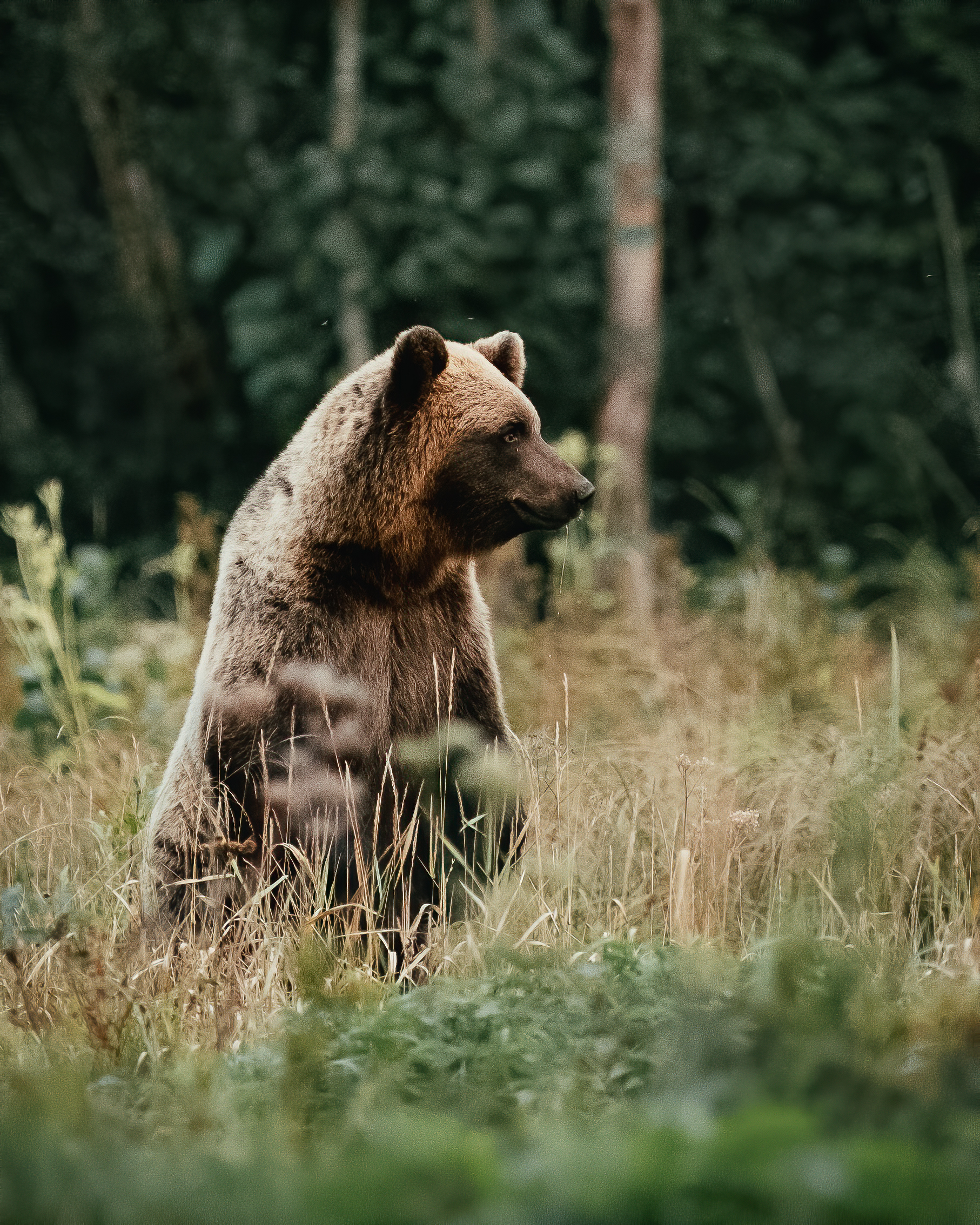

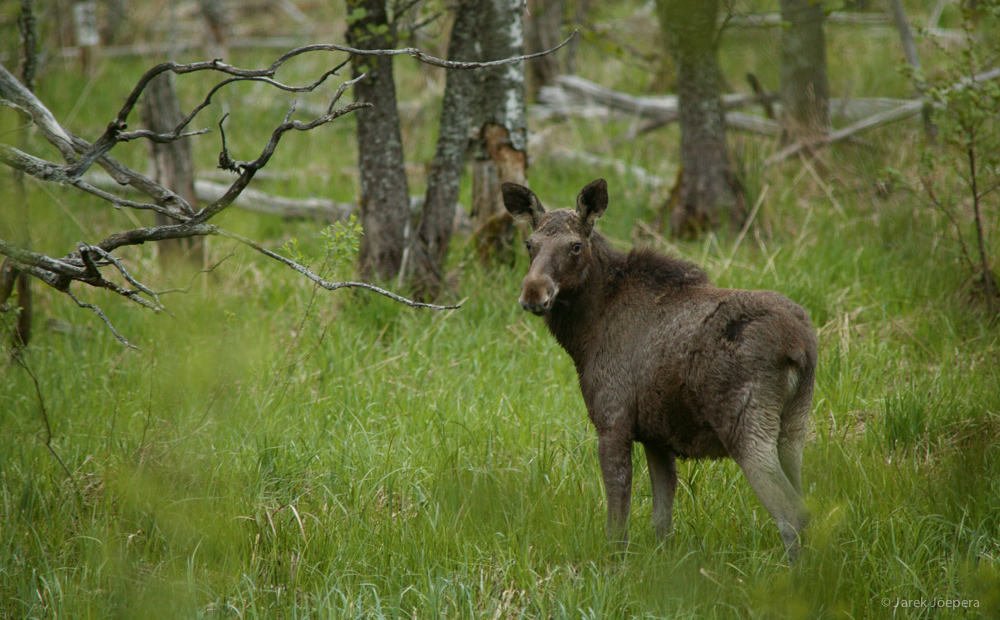
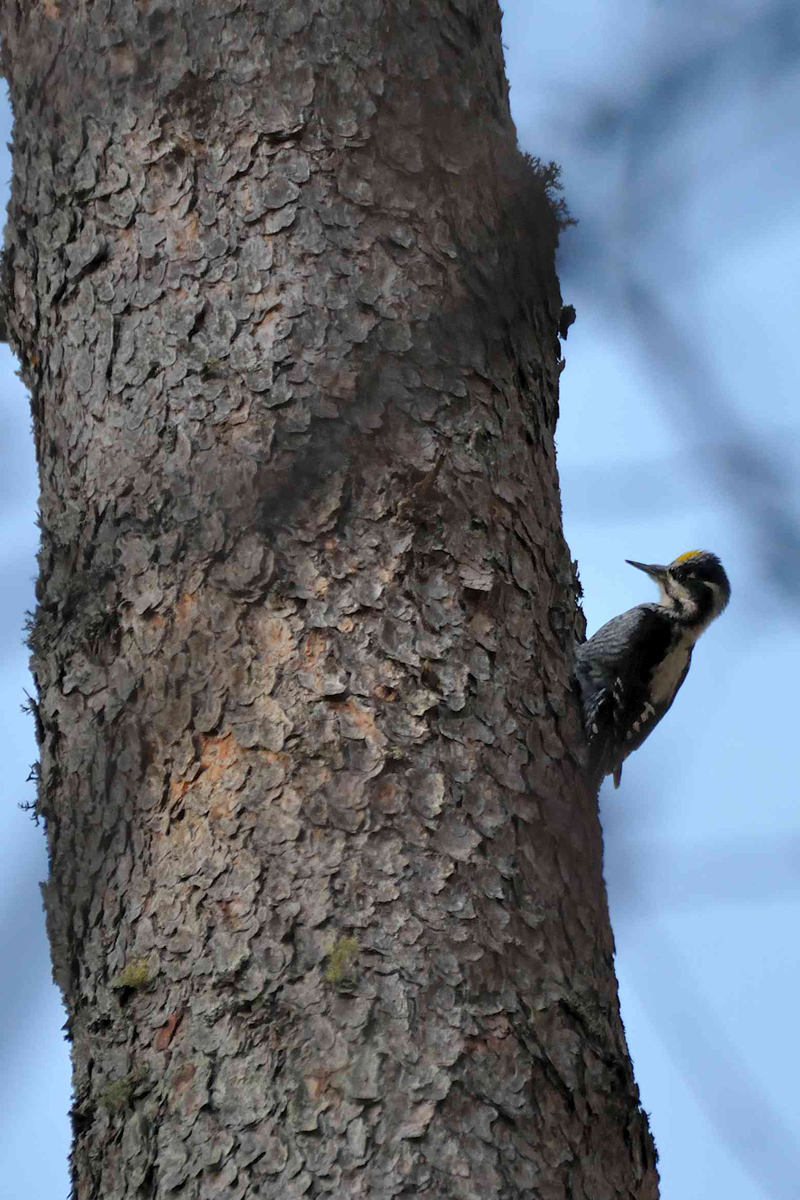
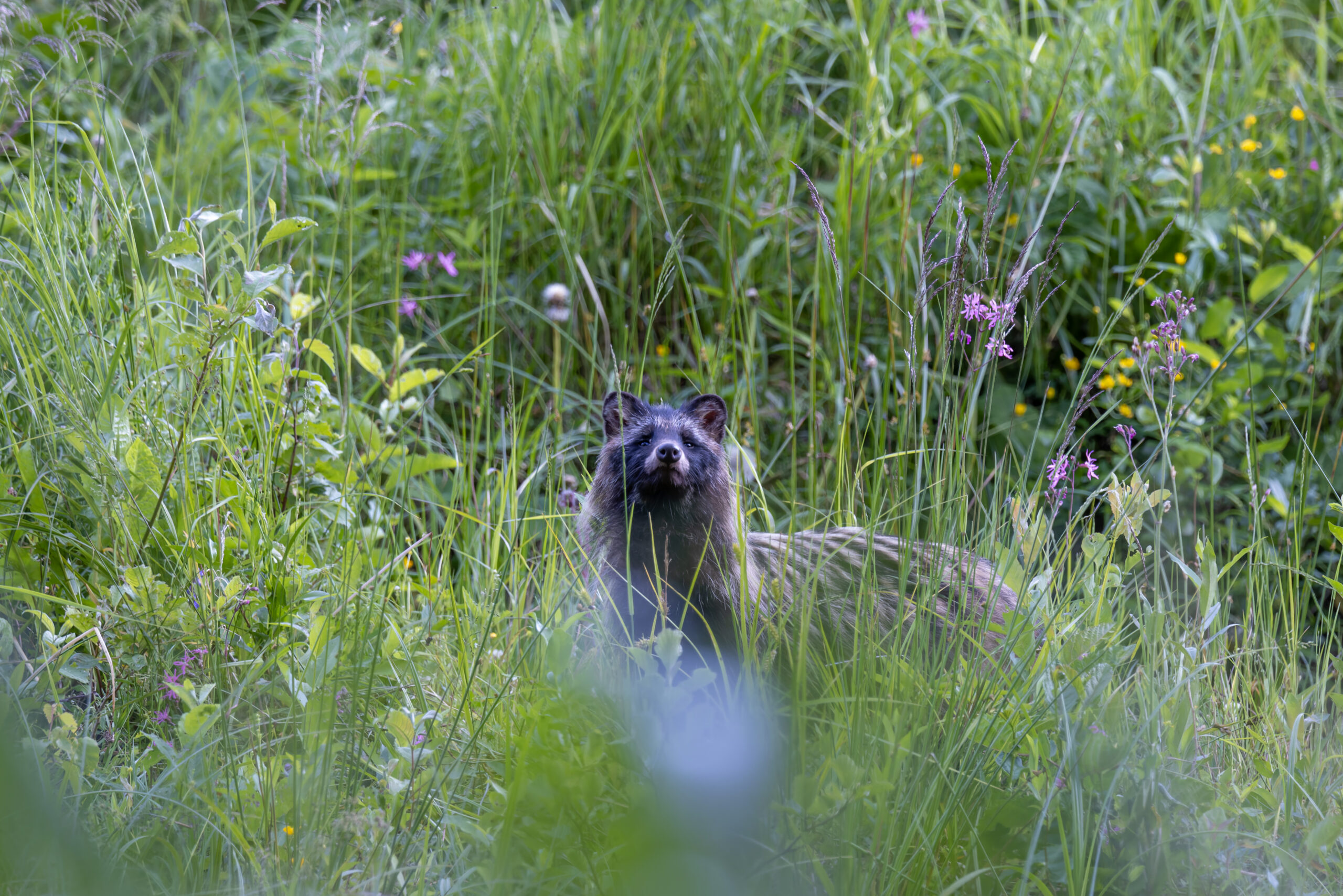
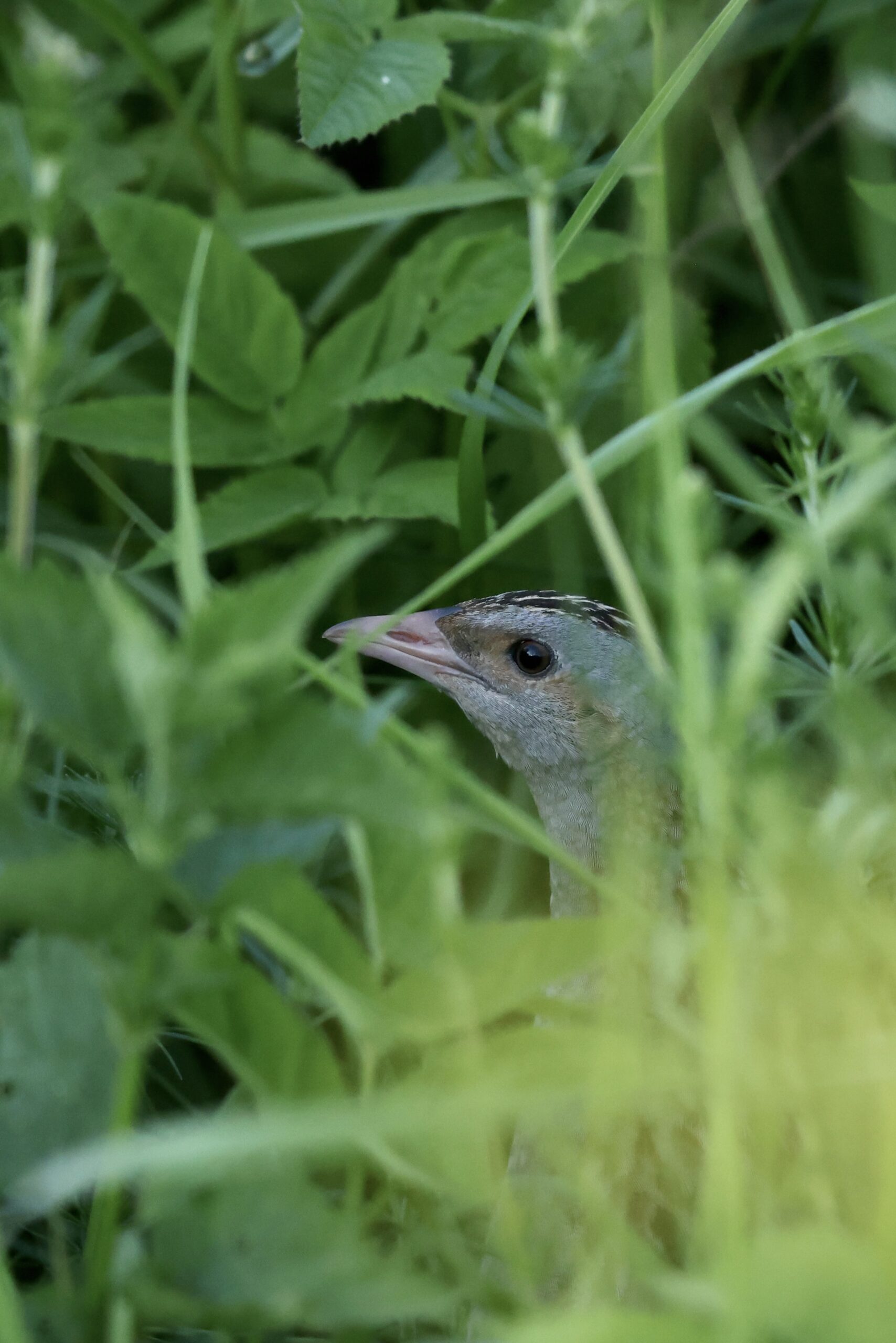
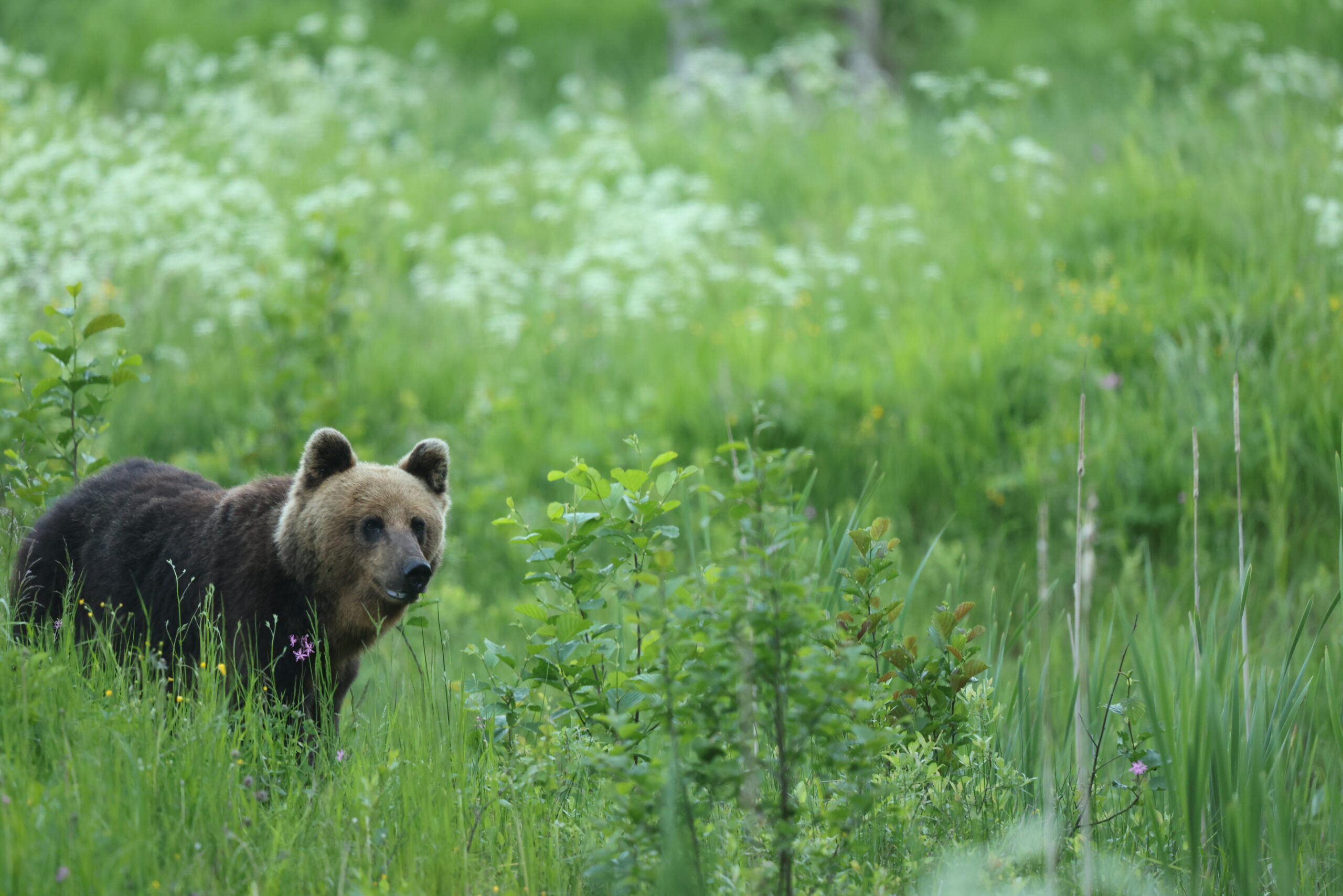
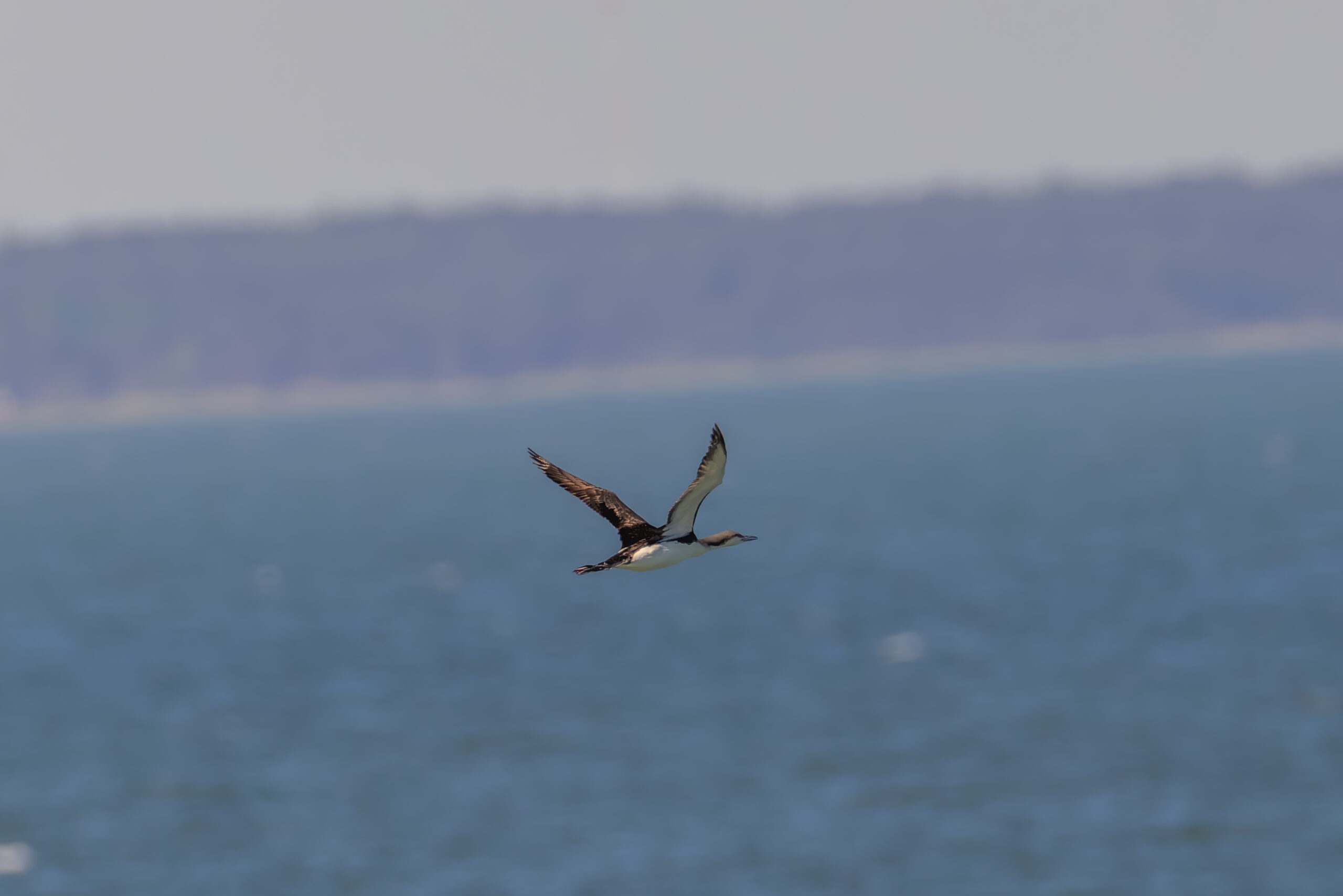

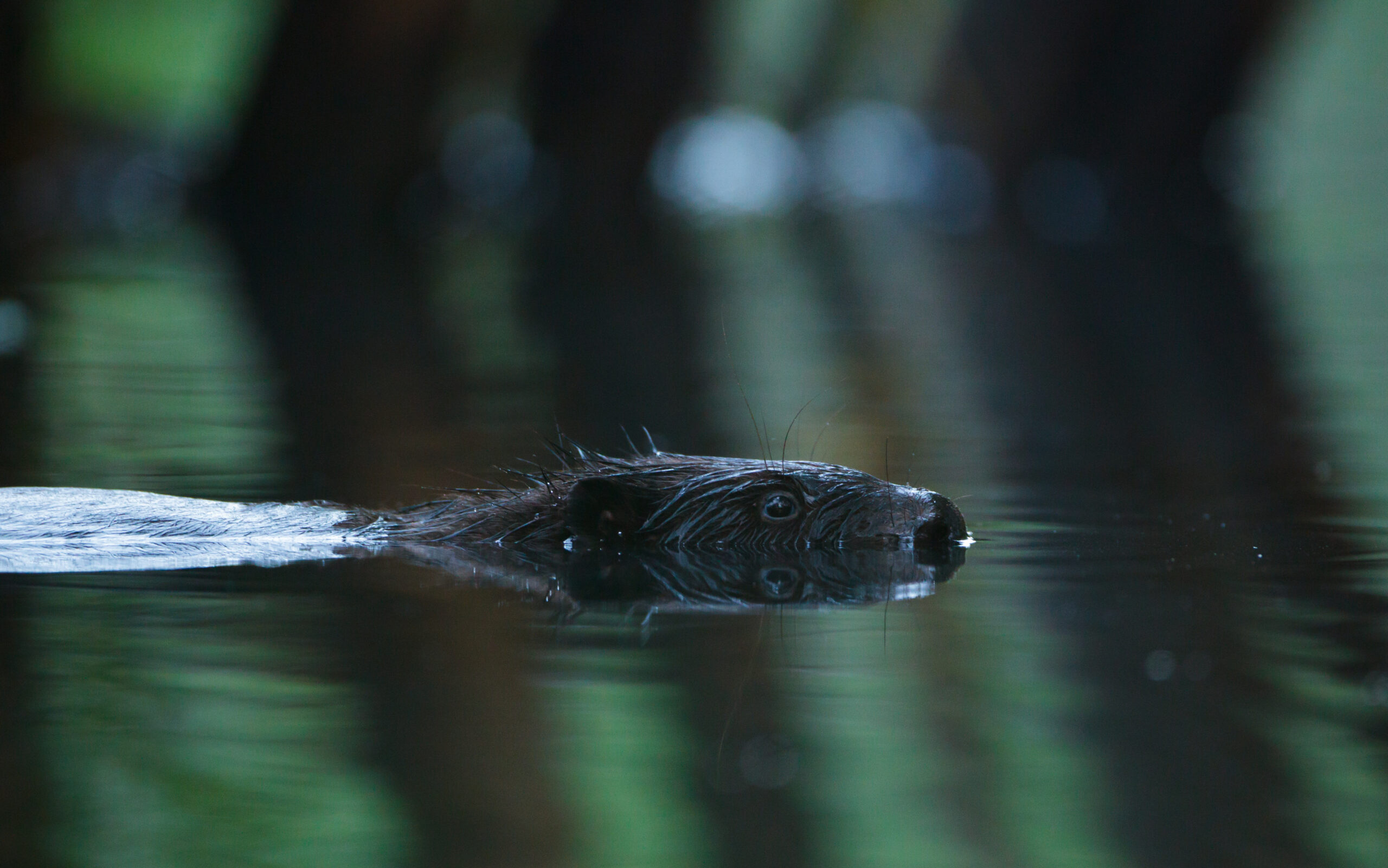
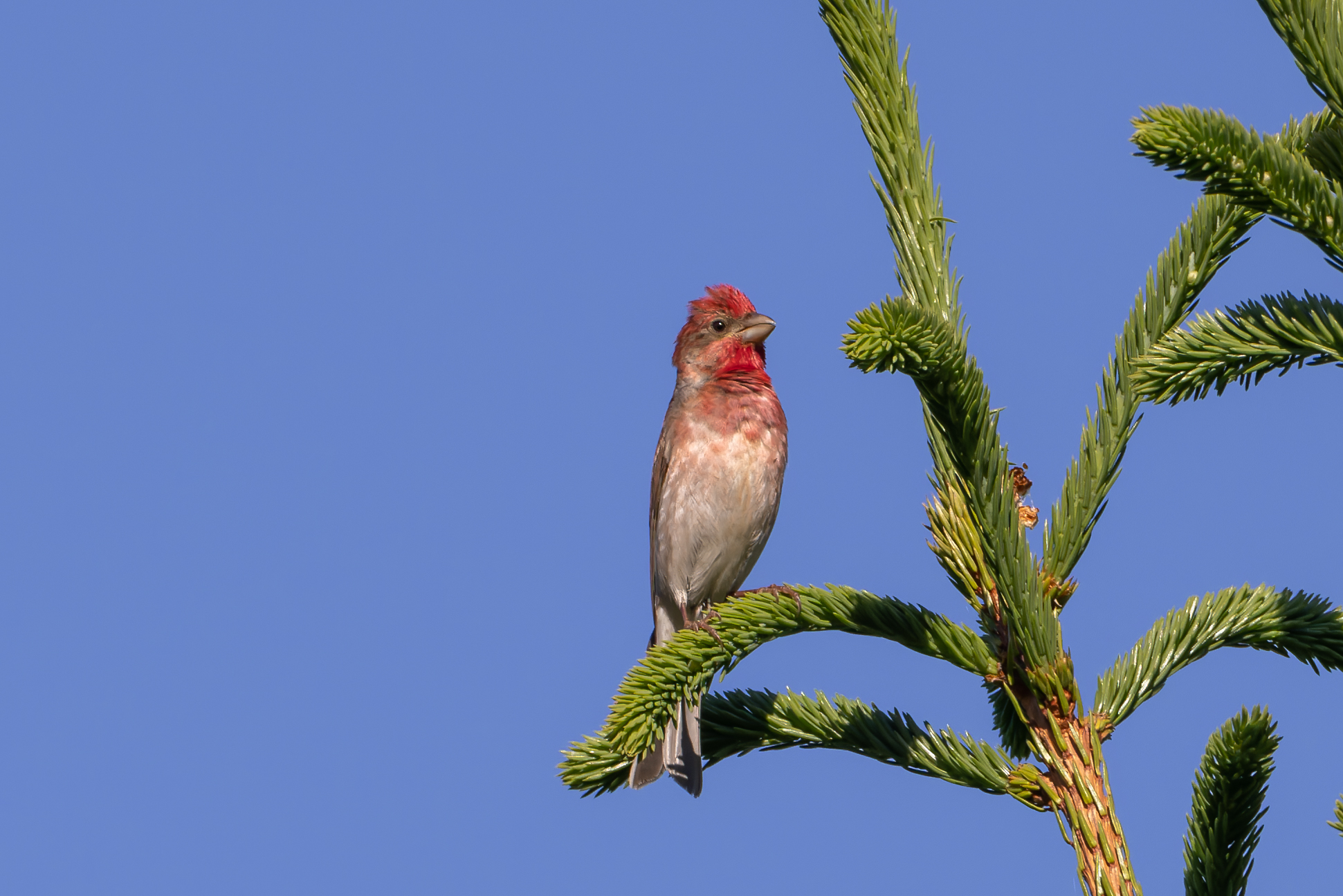
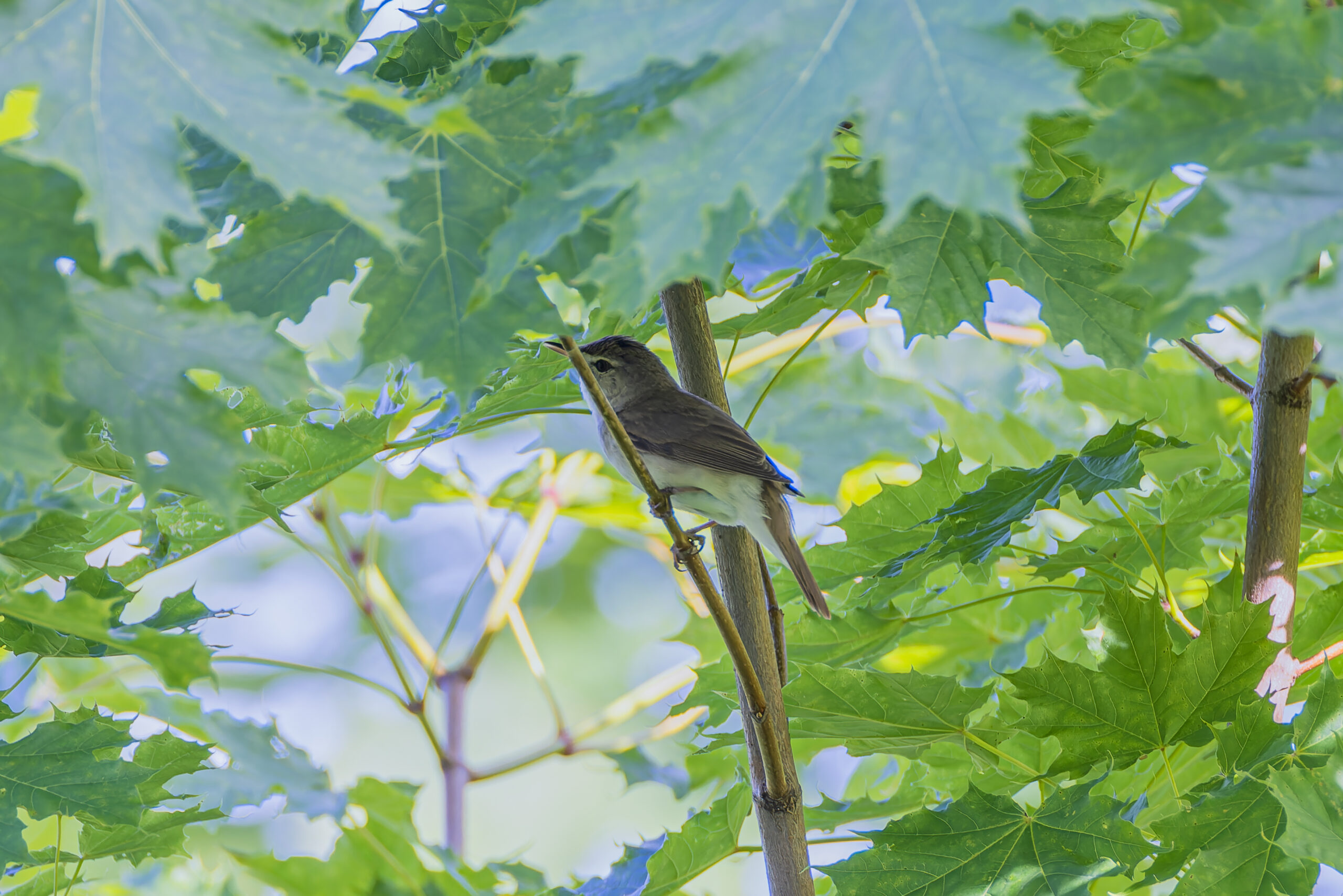



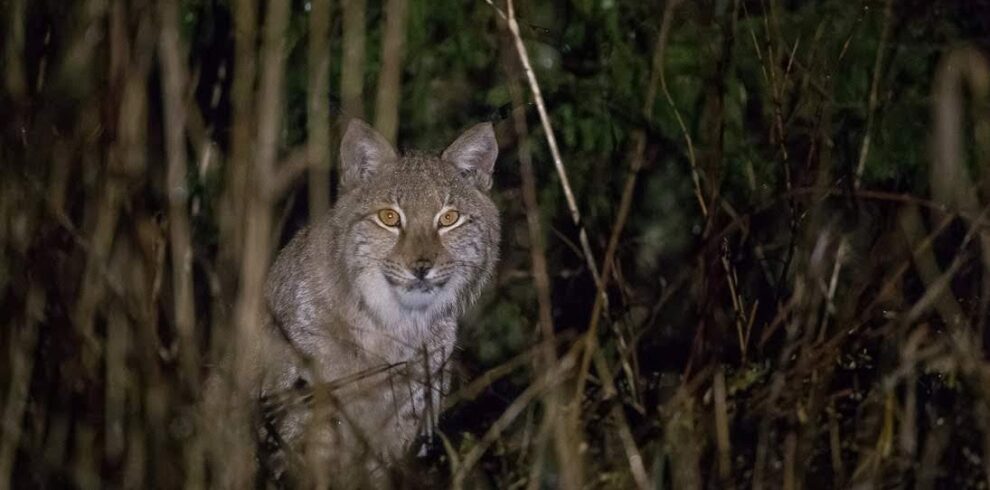
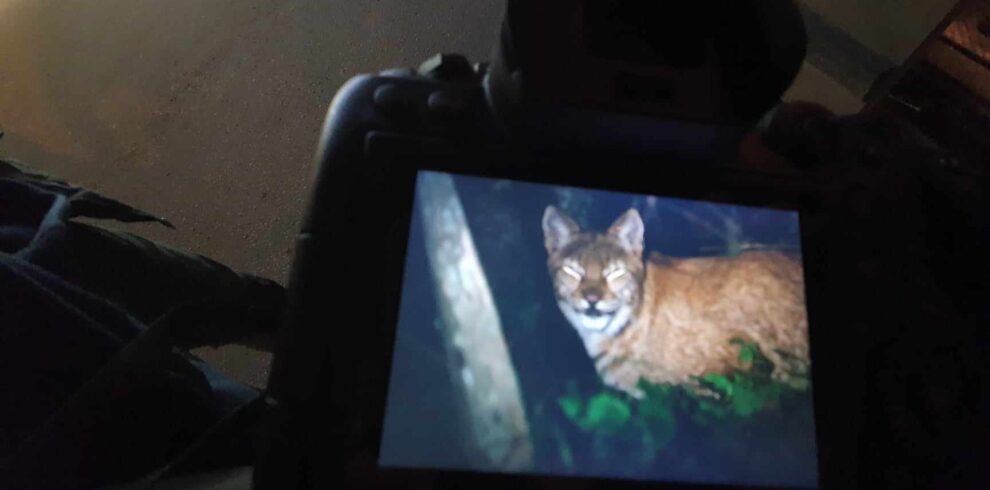
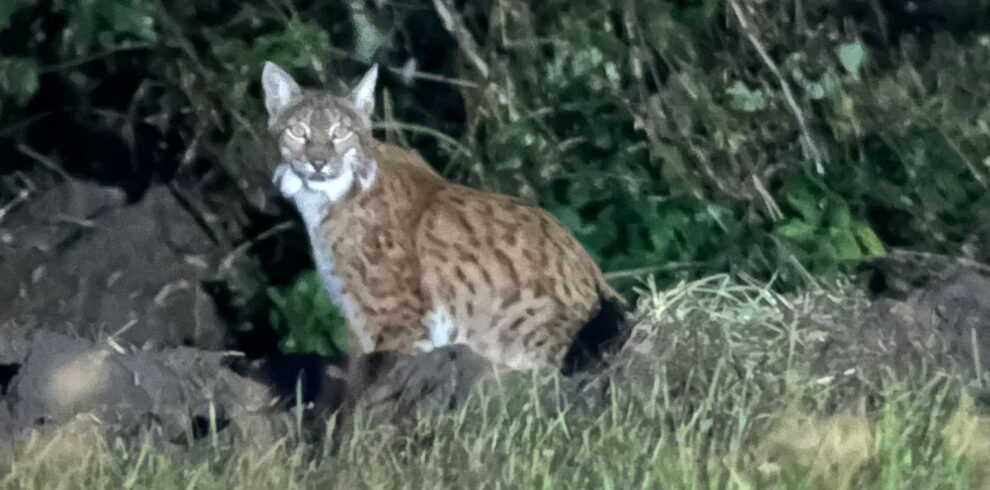

Write a Review